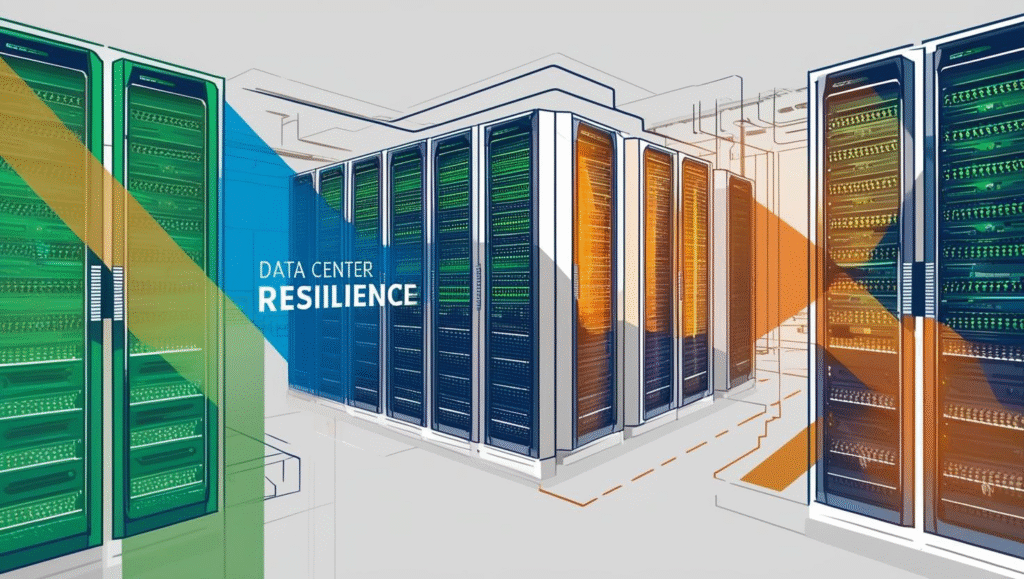Emergency Power Planning for Data Center Resilience

Data centers are the silent engines behind everything from cloud apps and video calls to financial systems and AI. As we rely more heavily on digital infrastructure, one thing becomes painfully clear: power outages aren’t just inconvenient-they’re expensive and dangerous. And unfortunately, they’re becoming more common.
To stay resilient, data centers need more than just backup generators, they need a smarter and more proactive approach to emergency power planning.
Power Disruptions Are on the Rise
Power grids are under pressure. Aging infrastructure, more extreme weather, and rising electricity demands are all contributing to an uptick in both the frequency and severity of outages. For data centers, even a few seconds of downtime can cause serious disruptions, including lost data, damaged hardware, and service interruptions that ripple across businesses and customers.
The cost of that downtime? For larger operations, it can run into the thousands-or even millions-of dollars per minute.
Growing Energy Needs Mean Higher Stakes
At the same time, the amount of power that data centers consume is skyrocketing. Especially with the surge in AI, machine learning, and high-performance computing, there is far more energy being drawn compared to just a few years ago. That higher demand means backup systems can’t be an afterthought, they need to be built to handle heavy loads and extended use.
Where the Weak Spots Are
Many data centers still rely on the main power grid for their day-to-day needs, with backup systems that may be outdated or underpowered. If the grid goes down and those systems can’t keep up, the consequences are immediate and severe. Legacy systems that worked in the past may not be equipped for the loads of data needed today, or for outages that last longer than expected.
Smart Emergency Power Plan
Well-structured and all-encompassing emergency power planning requires more than just plugging in a generator. Here are five things every data center should be thinking about:
1. Right-Sizing for Peak Loads
Backup power needs to be sized for the worst-case scenario, not just average use. A deep understanding of peak demand helps ensure the system doesn’t buckle when it’s needed most.
2. Redundancy, Not Just Backup
Redundant systems, like N+1 or 2N configurations, offer extra layers of protection if a component fails. Modular systems can also scale with growing energy needs, offering flexibility and resilience.
3. Don’t Forget Cooling
Servers generate serious heat, and without cooling, you’re risking hardware failure even if the power stays on. Cooling systems must also be tied into the backup plan, whether through battery support or generator power.
4. Fuel Matters
Diesel generators are only helpful if they can run long enough. That means having fuel on-site, reliable resupply contracts, and a plan for longer outages. Some centers are also exploring hybrid systems and renewable options.
5. Test and Monitor Everything
Backup systems should be tested regularly rather than being left idle until something breaks. Routine checks, live drills, and real-time monitoring can make the difference between recovery and disaster.
Looking Ahead
The future is uncertain, but one thing is clear: outages aren’t going away. The good news is, with the right strategy, data centers can stay online no matter what. Emerging tech, from battery storage to AI-driven energy management, is also making resilience smarter and more sustainable.
Power outages are no longer rare disruptions, they’re a growing threat. A smart, forward-thinking strategy for emergency power planning is essential for any data center serious about staying operational and competitive. With the right plan in place, you’ll be ready for whatever comes your way.
Contact us today to explore options for safeguarding your business from power disruptions.